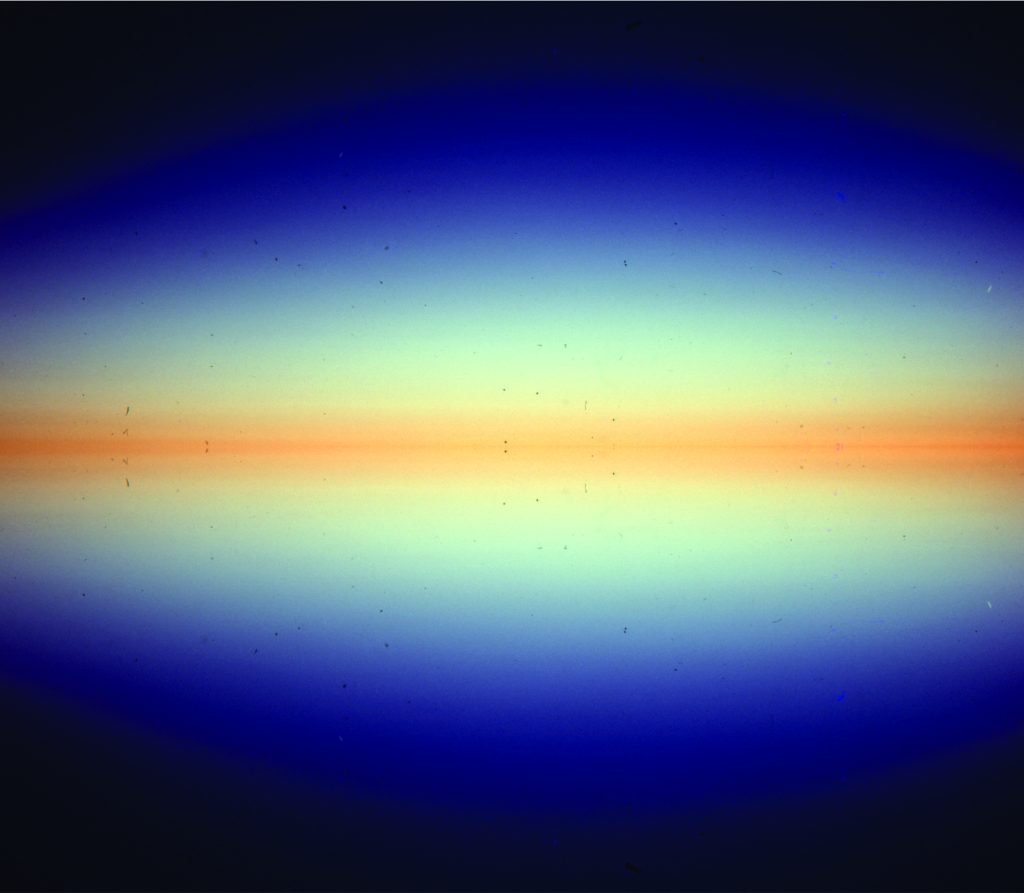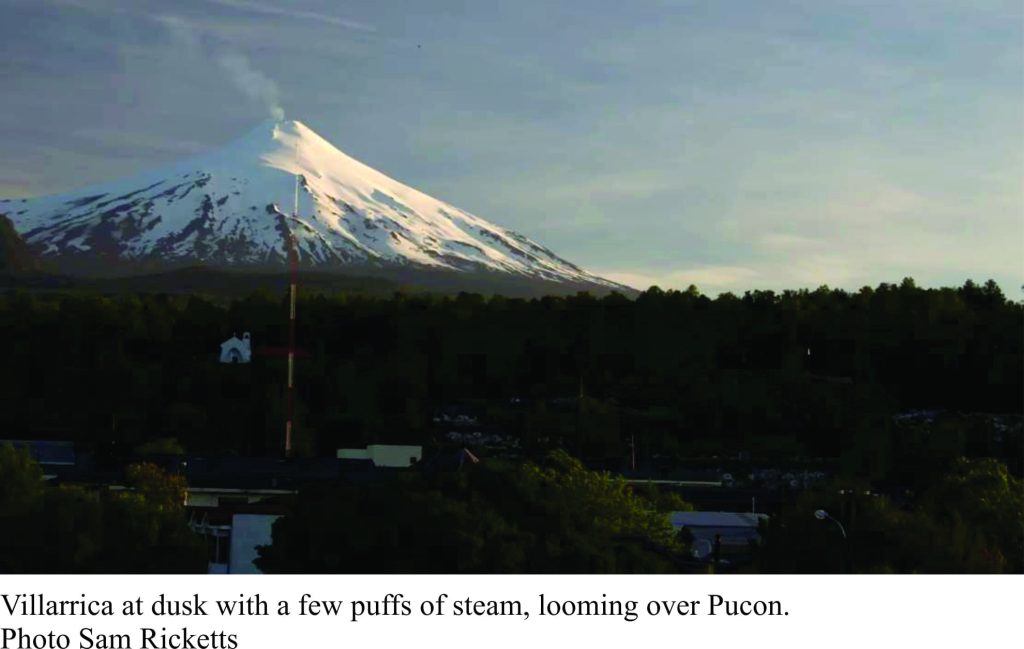We don’t need to look far to see evidence that the interior of the earth is hot; geysers and geothermal power stations tap similar sources of heat and erupting volcanoes represent the end point for magmas journeying from the earth’s mantle. The same heat sources are responsible for many geological processes. Convection in the mantle is the primary driving force for plate tectonics. Piles of sedimentary strata, commonly 1000s of metres thick are transformed to rock as the fluids within heat up, promoting rock-forming chemical reactions. Internal heat also transforms organic matter; peat becomes coal and organic-rich shales produce hydrocarbons Continue reading



